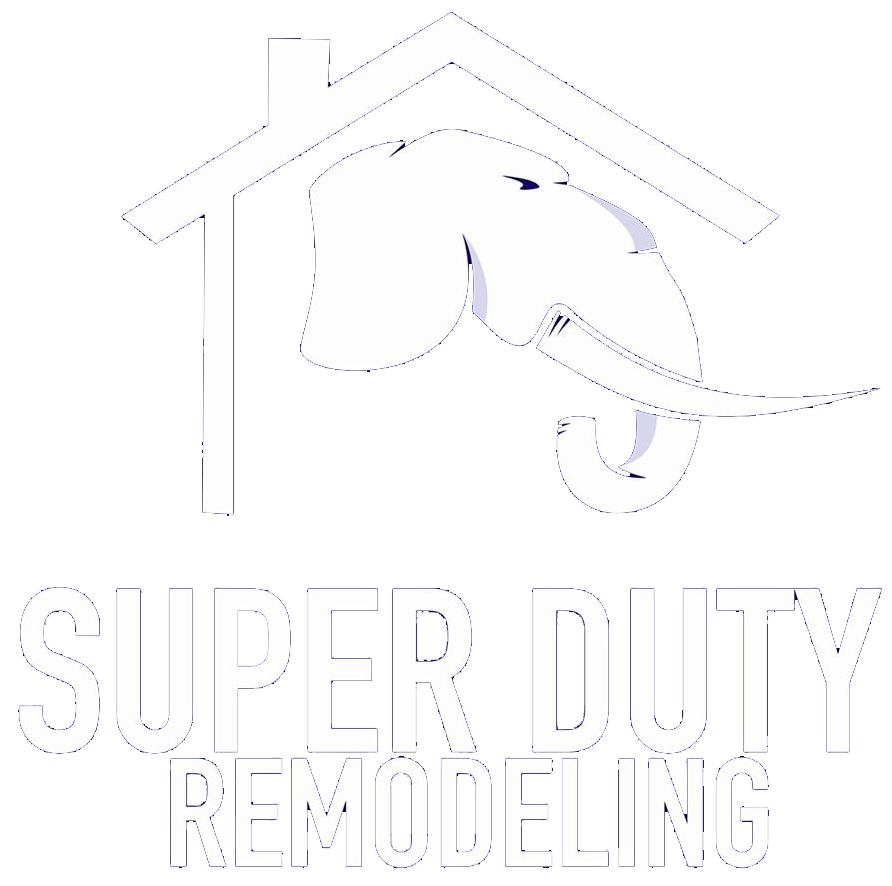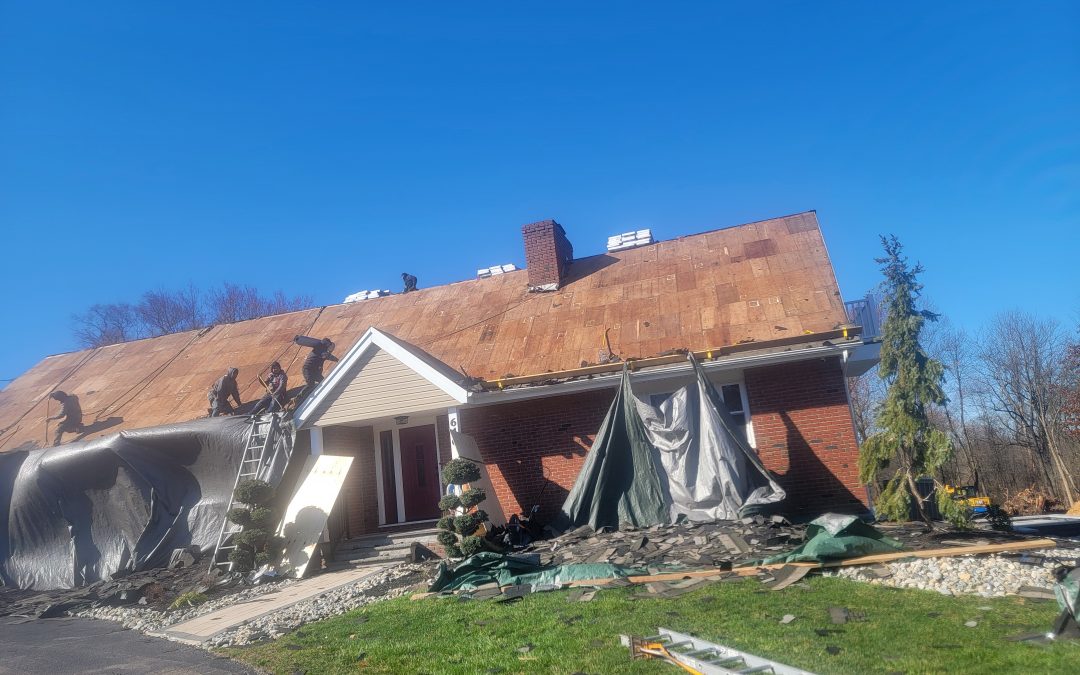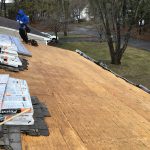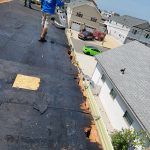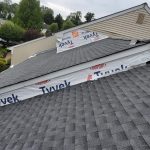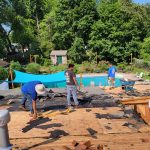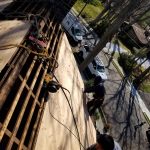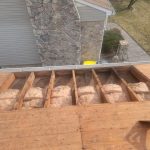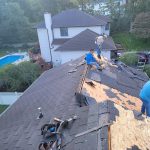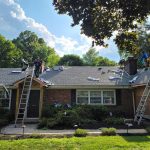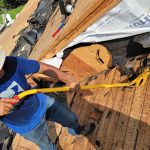When severe weather strikes, your roof is the first line of defense for your home. Whether it’s powerful winds, hailstorms, or heavy rainfall, storms can wreak havoc on your roof, leading to water damage that requires immediate attention. In this blog post, Super Duty Roofing will guide you through assessing and addressing wind, hail, and water damage to ensure your roof remains strong and resilient against the elements.
- Assessing Wind Damage
High winds can cause significant damage to your roof, including loosening or dislodging shingles, tearing off flashing, and even lifting entire sections of the roof.
Assessment: After a storm, visually inspect your roof for missing or damaged shingles, exposed nails, and signs of lifting or curling at the edges. Check for debris, such as tree branches or other objects, that may have impacted the roof during the storm.
Addressing the Damage: If you notice any signs of wind damage, contact Super Duty Roofing immediately for a professional inspection and repair. Our experienced team will assess the extent of the damage and recommend appropriate repairs, such as shingle replacement, reattachment of flashing, or roof reinforcement to prevent future damage.
- Dealing with Hail Damage
Hailstorms can cause extensive damage to your roof, including dents, cracks, and granule loss on asphalt shingles. While hail damage may not always be immediately apparent, it can weaken the integrity of your roof over time.
Assessment: After a hailstorm, inspect your roof for signs of damage, such as indentations or bruising on shingles, granule loss, and cracked or broken tiles. Check for dents or damage on metal components, such as gutters, flashing, and vents.
Addressing the Damage: If you suspect hail damage, schedule a professional inspection with Super Duty Roofing. Our team will assess the extent of the damage and recommend appropriate repairs, which may include shingle replacement, sealing cracks, or repairing metal components. We’ll also work with your insurance provider to ensure you receive fair compensation for any necessary repairs.
- Mitigating Water Damage
Heavy rainfall can lead to water infiltration and leaks, causing damage to the interior of your home, including ceilings, walls, and insulation. Even minor leaks can quickly escalate into more significant issues if not addressed promptly.
Assessment: After a storm, inspect your attic and ceilings for signs of water stains, mold growth, or dampness. Check for water pooling on the roof or around the perimeter of your home, which may indicate poor drainage or gutter issues.
Addressing the Damage: If you discover water damage, contact Super Duty Roofing for immediate assistance. Our team will identify the source of the leak and take prompt action to repair the damage and prevent further water infiltration. This may include replacing damaged shingles, repairing flashing, or improving attic ventilation and insulation to prevent future leaks.
Conclusion
Storm damage to your roof can compromise the safety, integrity, and value of your home. By promptly assessing and addressing wind, hail, and water damage with the help of Super Duty Roofing, you can ensure your roof remains strong and resilient against the elements. Don’t wait until it’s too late – contact us today for professional inspection, repair, and restoration services to safeguard your home for years to come.

